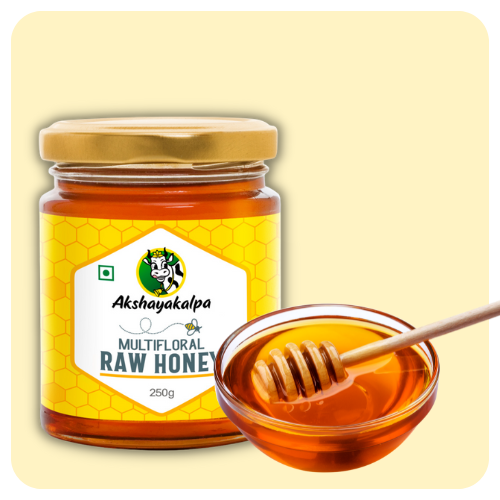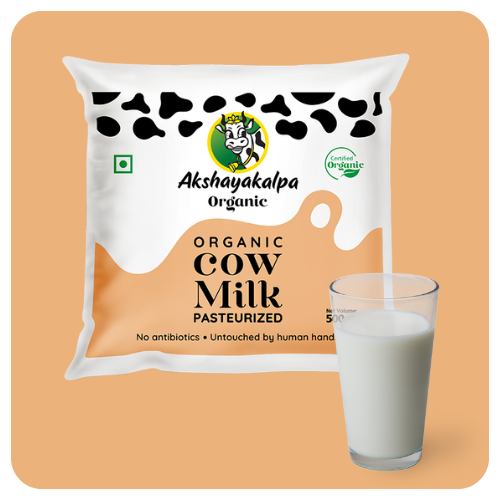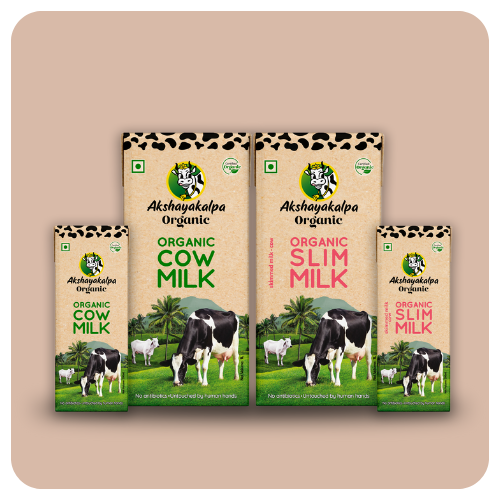How can communities support good farming practices?

Community Supported Agriculture (CSA) enables consumers to purchase a ‘share’ in a given farm, allowing the farmer to cover production costs such as cropping, harvesting, etc. in return for a supply of fresh produce throughout the season, or for a specified period.
It connects consumers and producers, allowing consumers to have more holistic knowledge of what they are buying and consuming while fracturing the risks a farmer would have to undertake by offsetting some of it to the consumer.
Theoretically, this engenders a different socio-economic model altogether – that of communities working together with Earth to live in a healthier manner and to achieve common goals, instead of being competitors in the free market where the manner of participation is highly individualized. The free market’s ethic is succinctly captured by Adam Smith: “It is not from the benevolence of the butcher, the brewer, or the baker that we expect our dinner, but from their regard to their own self-interest. We address ourselves not to their humanity but to their self-love, and never talk to them of our own necessities, but of their advantages”. Even if CSAs can be incorporated within this ethic, the concept of CSA does not necessarily require markets.
CSA aims to ‘decommodify’ food, treating it as something more than what can be brought for money. It reintegrates food back into communities and enlivens the relationships these communities have between themselves and the land.
Thus, it is associated with movements of sustainable agriculture.
The Temple-Wilton farm in New Hampshire gathered ideas from Rudolf Steiner, anthroposophy and biodynamic agriculture. Although these movements have mystical roots, the ideas which tie them together have a lot in common with organic farming. It views soil fertility, plant growth and livestock care as interrelated forms. CSAs offer an alternative to the corporatization of agriculture by providing, creating and sharing food within small, dotted local communities through a sustained effort.
- New forms of property ownership: Land is held by a community through a legal trust. This land is then leased out to farmers who grow food for the community
- New forms of cooperation: Human relations replace the traditional profit seeking incentive – it is sustained by the community and external influence such as from banks and other financial services is eschewed.
- Associative economy: The CSA is tailored towards people and the land. Therefore, the question becomes what do the people and what does the land need, instead of how to maximize profits.
The number of CSAs in the US has steadily increased, with about 60 CSAs in the 90s to 1700 in the aughts.
[1] https://web.archive.org/web/20130426113108/http://www.newfarm.org/features/0104/csa-history/part1.shtml
It allows for consumers to visit the farms from which their produce comes from, participate in agricultural activities and bear witness to how the food they consume is grown. Consequently, CSAs can be organized in specific ways, tailored to each community’s needs (taken to mean the consumer, farmer, and the land they both make use of).
Consumers can arrange with farmers specific requirements they might have for either the produce or the ways in which the produce is cultivated, and enable them to have a voice in the end-to-end production process.
This results in the cultivation of high-quality produce. Consumers and farmers who engage in CSA also tend to gravitate towards sustainable methods such as organic farming.The commitment of the consumers also tends to extend beyond that of a regular ‘stake-holder’, being involved in day-to-day operations and having a closer relationship to the farmers.
Four main types of CSAs have been developed in the United States: 1. Farmer managed models in which a particular farmer sets up a CSA and maintains it himself, 2. Shareholder models where local residents recruit a farmer to grow the produce they require and fund him, 3. Farmer cooperatives in which multiple farmers come together to form CSAs and 4. Farmer-shareholder cooperatives in which both farmers and consumers set up and manage the CSA.
Farmers who practice CSA can also organize events to enable customers to connect with each other on the farms, building a full-fledged community with similar interests. Farmers might also periodically update consumers through newsletters about the status of their to-be products.
Traditionally, farmers usually sustain almost all of the economic risks while farming. These risks have a myriad of origins, beginning from crop failures due to bad weather, lack of water, attacks by pests, etc. to market risks such as not getting good prices for their produce, inability to find markets, lack of storage facilities, bad transportation procedures, corrupt intermediaries, etc.
CSAs require the consumer to share a portion of the risk by effectively ‘investing’ in the products they will consume in the future. This allows the farmer, at the beginning of the season, to cover for various production costs such as purchasing of inputs, transplants, etc. and paying for the farm labor before waiting for the harvest to reap the revenue.
As consumers invest at the beginning of the season (this, however, might vary from farm to farm as certain farms may prefer periodical payments such as once a week/2 weeks/month/etc), they do so with the knowledge that the crops might fail and they might lose their money. They are not compensated for this loss.
CSAs require more planning and logistical organization to ensure timely harvests, pickups and delivery.
The share price can be determined in a variety of ways, one of which is for the farmer to divide operating/production costs over the number of members in the CSA programme which yields the share price per consumer.
The delivery of produce is usually on a weekly basis, consisting of a motley of herbs and vegetables (and other produce, if it is so arranged). This offsets the risk, for the farmer, of not finding a market as well as offering the consumers consistent and fresh produce.
The workload associated with CSAs might range from 15-20 hours per week up to 60 hours during peak seasons.
This has the effect of strengthening local food systems, enabling farmers to share the burden of the costs of production and providing them with a safety net in case of crop failures.
It gives consumers access to fresh produce throughout the season, as and when the produce is harvested while also granting them transparency in the production processes of foods they consume.
References:
Part I: Community Farms in the 21st Century: Poised for Another Wave of Growth? (archive.org)
Part II: CSA’s World of Possibilities (archive.org)
https://extension.psu.edu/community-supported-agriculture-csa
[2] Community Supported Agriculture (CSA) (psu.edu)
-Author:
Shreyas S
Student of Philosophy
Azim Premji University, Bangalore



















